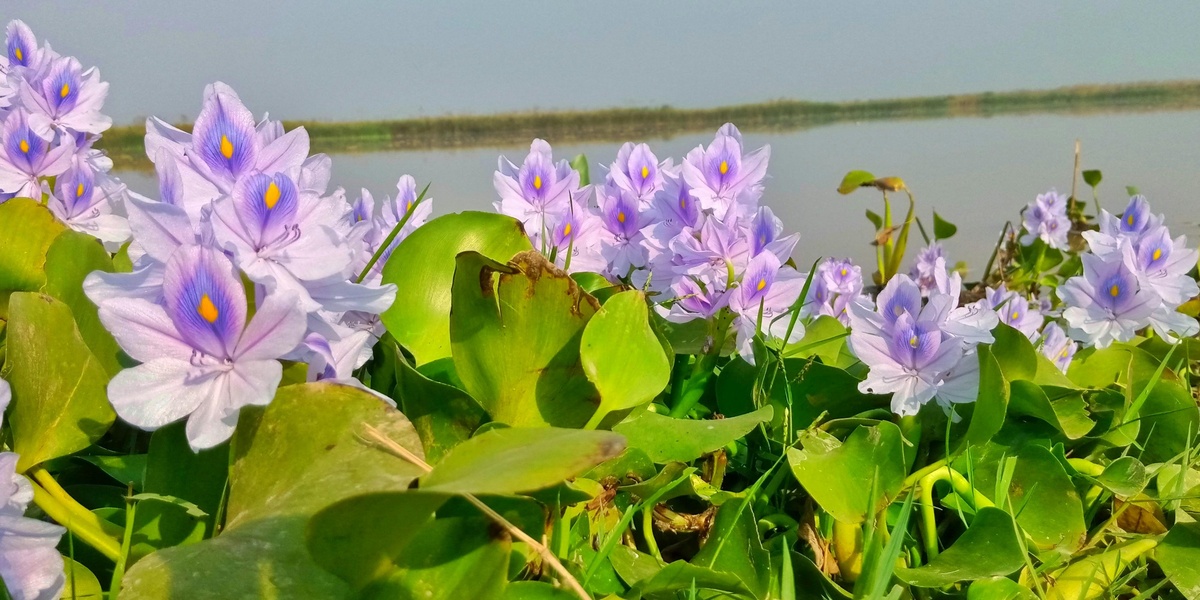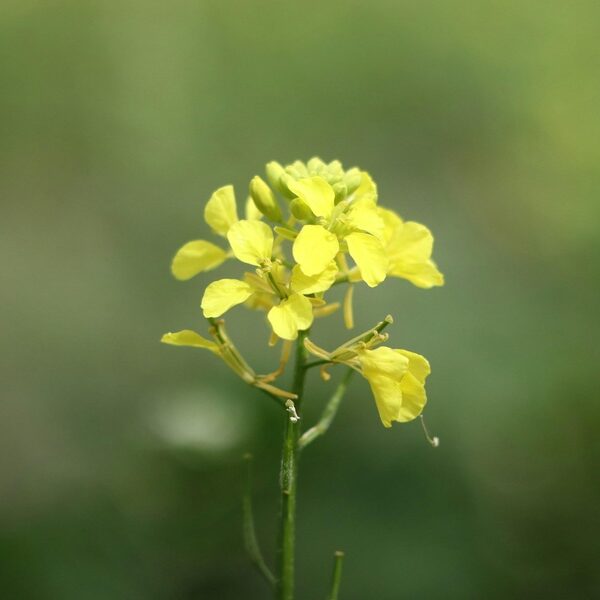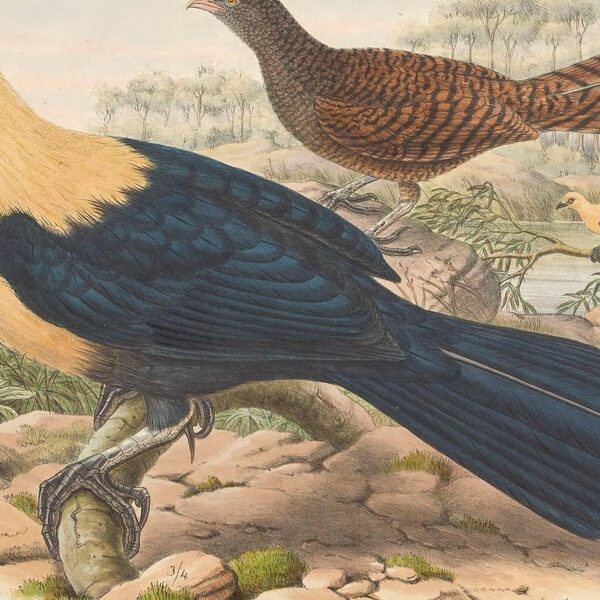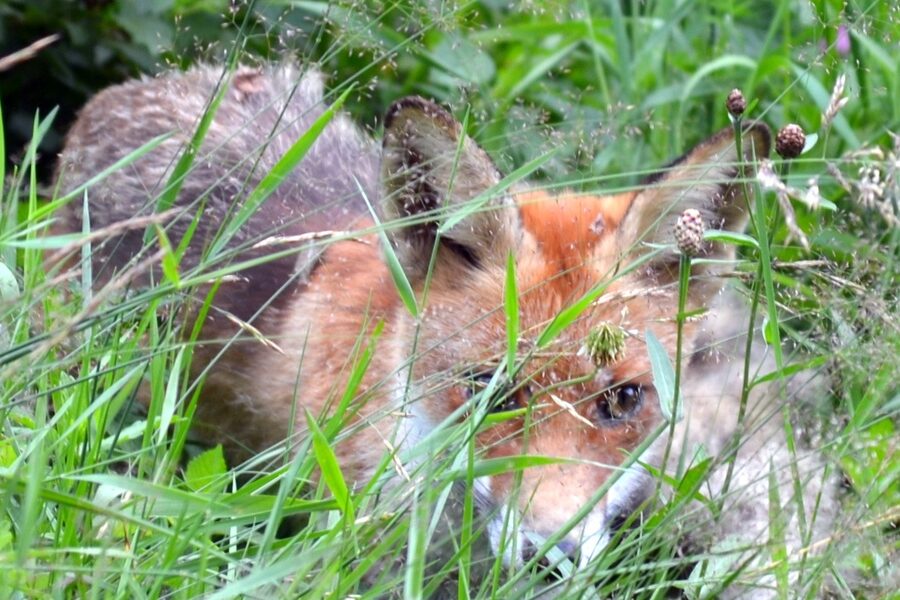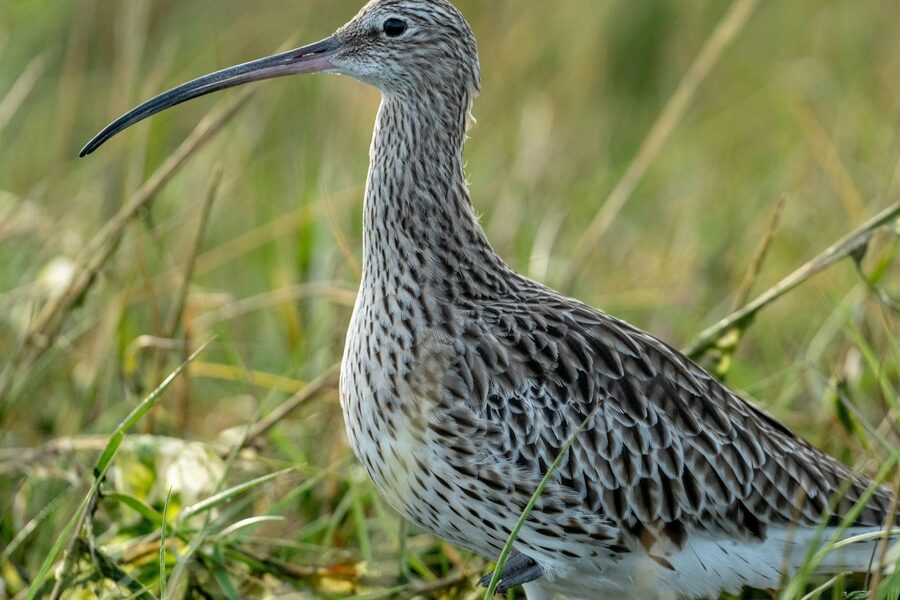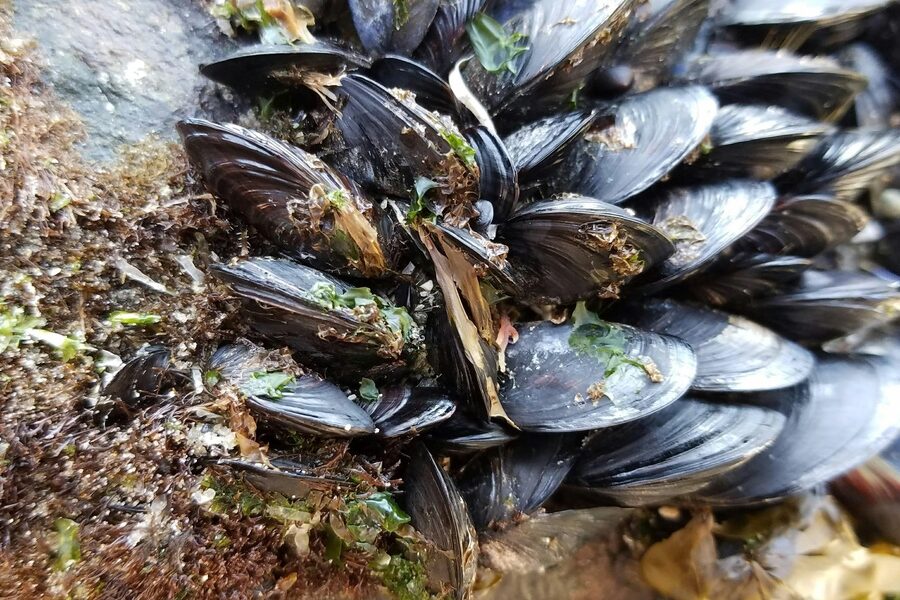The Central African Republic boasts diverse ecosystems, from dense rainforests to expansive savannas, supporting a remarkable array of plant and animal life. This rich biodiversity is crucial to the nation’s natural heritage and the livelihoods of its people.
However, like many places globally, these delicate environments face threats, including those posed by Invasive Species in the Central African Republic. In the comprehensive list you’ll find below, we detail exactly 14 such species, ranging from the pervasive Black Rat to the tenacious Wild Tamarind. Each entry provides essential information organized by Scientific Name, Native Origin, and Primary Impact, offering a clearer understanding of their presence and effects.
What exactly makes a species “invasive”?
An invasive species is defined as a non-native organism that has been introduced to an ecosystem and causes, or is likely to cause, environmental or economic harm, or harm to human health. Unlike simply “non-native” species, invasives spread aggressively, outcompeting native flora and fauna for resources, disrupting ecological balances, and altering entire habitats, often leading to significant biodiversity loss.
Why are invasive species a concern for the Central African Republic?
For the Central African Republic, invasive species pose a serious threat to its unique and often fragile ecosystems, which are vital for local communities and national heritage. They can directly impact the health of forests and savannas, reduce the availability of native plants and animals that form part of the local diet or traditional medicine, and even disrupt agricultural productivity, thereby affecting food security and economic stability across the region.
Invasive Species in the Central African Republic
| Name | Scientific Name | Native Origin | Primary Impact |
|---|---|---|---|
| Water Hyacinth | Eichhornia crassipes | South America (Amazon Basin) | Clogs waterways, reduces biodiversity |
| Siam Weed | Chromolaena odorata | North and South America | Outcompetes native plants, agricultural weed |
| Lantana | Lantana camara | Central and South America | Displaces native flora, toxic to livestock |
| Giant Salvinia | Salvinia molesta | Southeastern Brazil | Blocks waterways, degrades water quality |
| Water Lettuce | Pistia stratiotes | Pantropical (invasive strains) | Degrades aquatic habitats, clogs infrastructure |
| Giant Sensitive Plant | Mimosa pigra | Tropical America | Forms dense, thorny thickets along rivers |
| Fall Armyworm | Spodoptera frugiperda | The Americas | Major agricultural crop pest |
| Parthenium Weed | Parthenium hysterophorus | Tropical America | Agricultural weed, human health hazard |
| Mexican Sunflower | Tithonia diversifolia | Mexico and Central America | Invades farmland and disturbed areas |
| Wild Tamarind | Leucaena leucocephala | Mexico and Central America | Displaces native vegetation with dense stands |
| Feral Cat | Felis catus | Africa and Eurasia (domesticated) | Predation on native wildlife |
| Black Rat | Rattus rattus | Indian subcontinent | Spreads disease, preys on wildlife, crop pest |
| Brown Rat | Rattus norvegicus | Northern China | Damages infrastructure, spreads disease, crop pest |
| House Mouse | Mus musculus | Central Asia | Contaminates food stores, damages property |
Images and Descriptions
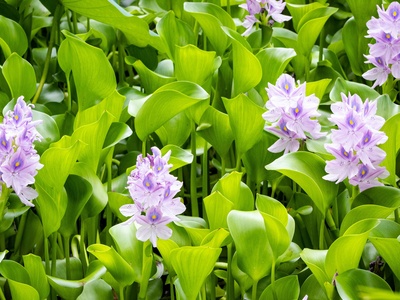
Water Hyacinth
A floating aquatic plant that forms dense mats on rivers and lakes, blocking sunlight, depleting oxygen for fish, and hindering boat traffic. Its rapid growth makes it a major ecological and economic threat.
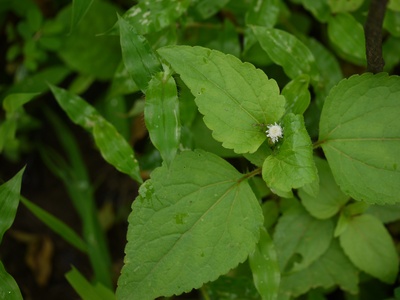
Siam Weed
A fast-growing perennial shrub that quickly colonizes disturbed land, pastures, and forest edges. It forms dense thickets, suppressing native vegetation and reducing grazing land for livestock and wildlife.
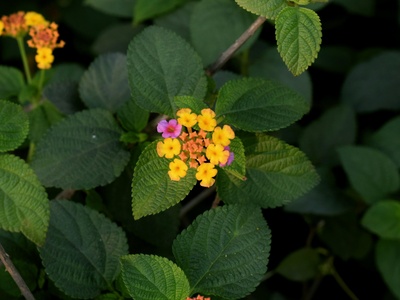
Lantana
This thorny, flowering shrub forms impenetrable thickets that displace native species and reduce pasture quality. Its berries are toxic to many animals and its dense growth can increase fire risk in natural areas.
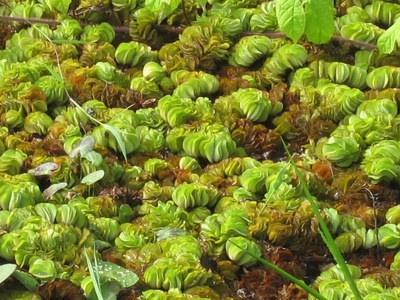
Giant Salvinia
A free-floating fern that can double its biomass in just a few days, creating thick mats that kill aquatic life below. It completely covers water surfaces, impacting fishing, irrigation, and biodiversity.
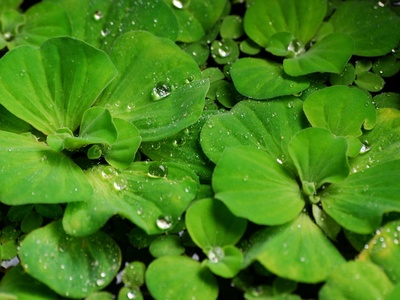
Water Lettuce
Resembling a small, floating head of lettuce, this plant forms dense mats that block waterways and intake pipes. It severely reduces light and oxygen levels, harming fish and other native aquatic organisms.
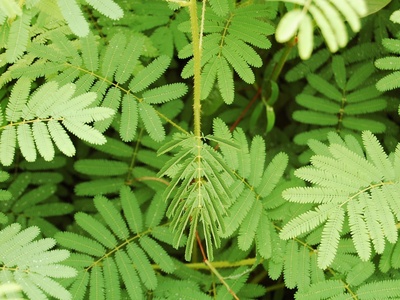
Giant Sensitive Plant
This large, thorny shrub invades floodplains and riverbanks, forming impenetrable stands. It drastically alters ecosystems by replacing native grasslands and wetlands, impacting access for wildlife and people.
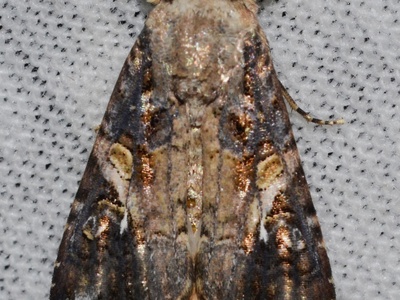
Fall Armyworm
The larval stage (caterpillar) of this moth is a voracious pest that devastates crops like maize, sorghum, and cotton. Its recent arrival in Africa has caused widespread economic damage and threatens food security.
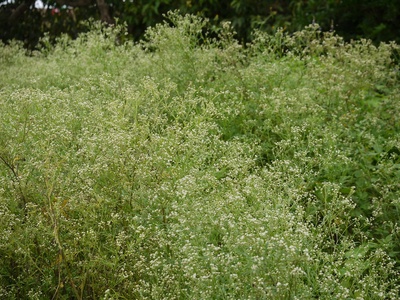
Parthenium Weed
An aggressive annual herb that invades pastures and croplands, reducing crop yields and forage availability. Its pollen causes severe allergic reactions in humans, and contact can lead to dermatitis.
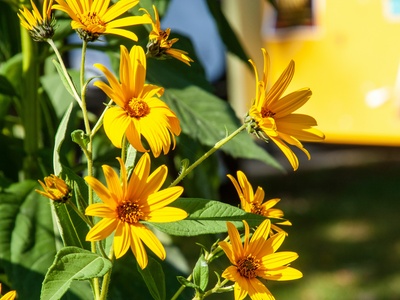
Mexican Sunflower
While sometimes used as a green fertilizer, this tall shrub can escape cultivation and form dense stands. It outcompetes crops and native plants in fallow fields, roadsides, and other disturbed habitats.
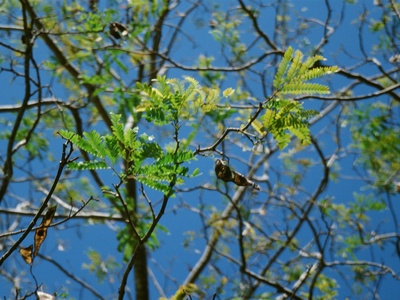
Wild Tamarind
Originally introduced for agroforestry, this fast-growing tree can become a serious invader. It forms dense, single-species thickets that shade out and displace native plants, reducing local biodiversity.
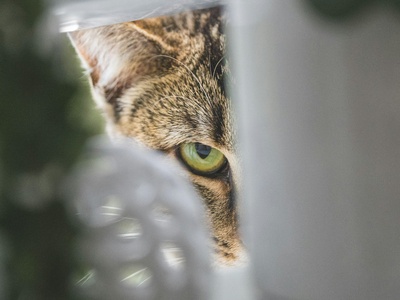
Feral Cat
Domestic cats that live and reproduce in the wild are highly effective predators. They pose a significant threat to native birds, small mammals, reptiles, and amphibians, contributing to biodiversity loss.
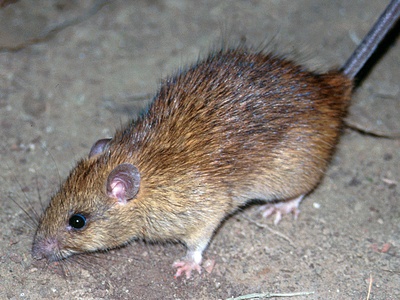
Black Rat
A highly adaptable rodent that lives in close association with humans. It contaminates food stores, spreads diseases, and is a known predator of birds’ eggs and chicks, impacting native fauna, especially in protected areas.
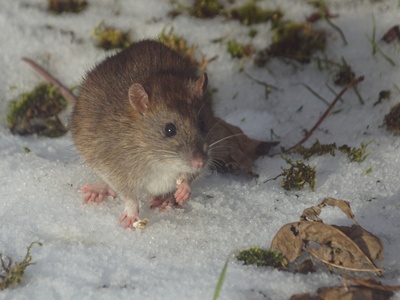
Brown Rat
Larger and more aggressive than the Black Rat, this species is a major pest in urban and agricultural areas. It damages property by gnawing, consumes and contaminates food, and transmits numerous diseases.
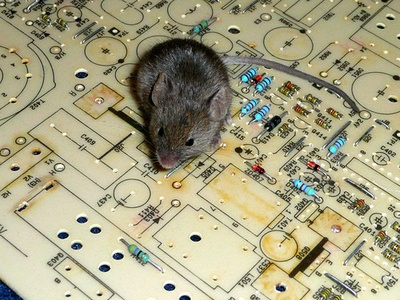
House Mouse
A small rodent that has spread globally with humans. It is a major pest of stored grains and food products and can establish feral populations that impact native ecosystems by competing for food resources.
